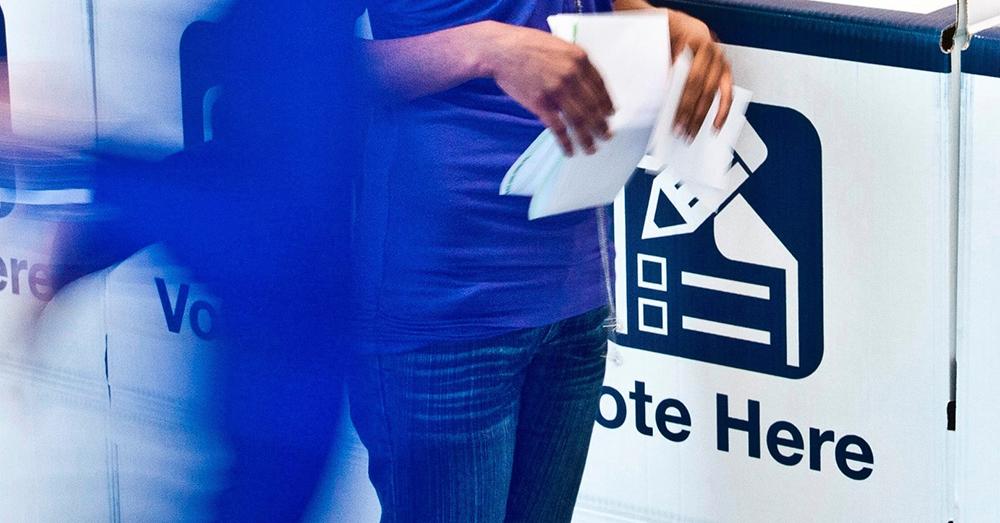
Referendum Communications and Authorisations
The Referendum (Machinery Provisions) Amendment Act 2023 amended the Referendum Act to include a scheme for the authorisation of referendum communications along with the funding and disclosure obligations, which were explained in a recent LGNSW Weekly article.
What is a referendum communication?
A referendum communication is the communication of a referendum matter. A referendum matter is a matter communicated or intended to be communicated for the dominant purpose of influencing voters in a referendum.
“Dominant purpose” means that the matter expressly promotes or opposes a proposed law for the alteration of the Constitution in the form of a referendum.
Referendum communications come in many forms, which include, but are not limited to, audio communications, video communications, communications on electronic billboards and any other form of communication.
What communications need to be authorised?
- Paid advertisements – including where all or only part of the distribution or production of the advertisement was paid for;
- Print communications – i.e. stickers, fridge magnets, leaflets, flyers, pamphlets, notices, posters and how-to-vote cards; or
- Communications by, or on behalf of, a disclosure entity (all formats).
A disclosure entity is defined to include a referendum entity. A council may be classified as a referendum entity where they incur referendum expenditure that exceeds the disclosure threshold. For more detail on this see the previous LGNSW Weekly article.
Who authorises referendum communication?
A notifying entity ensures that referendum communication is appropriately authorised. A notifying entity is defined as:
- for a paid advertisement, the person who approved the content of the referendum advertisement (whether or not the person who approved the content paid for the distribution or production of the advertisement); or
- for print communications, the person who approved the content of the matter that is communicated; or
- for a matter that is communicated on behalf of a disclosure entity, the disclosure entity.
The "notifying entity" is responsible for ensuring that certain authorisation particulars are included in any communications that contain "referendum matter".
How do I know which particulars must be included in my referendum communication?
The particulars that need to be included in an authorisation message include details such as the town or city of the notifying person, language, and formatting.
This will depend on the medium of the communication and who is responsible for the communication. This very helpful flow chart will assist you in determining your authorisation requirements.
Note that the person or entity who authorises the communication may also have a disclosure obligation if they incur expenditure on referendum communications above the disclosure threshold.
For more information and examples on how to accurately meet your referendum communication obligations, visit the AEC website.
BACK TO NEWS